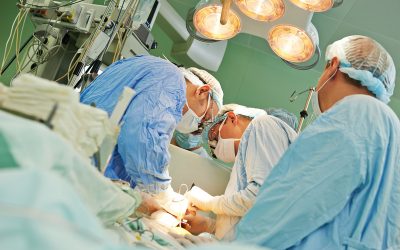The Needlestick Safety Act was brought into law in America to re-evaluate the safety of the way sharps are used in the medical industry to ‘eliminate or minimize occupational exposure to bloodborne pathogens through needlestick and other percutaneous injuries.’
What is a needlestick?
Needlestick is where, during medical procedures, often when sharps are passed between healthcare workers, when sharps are being transported from one place to another, or recapping sharps, a healthcare worker receives a puncture wound from a sharp, generally a used needle.
How can needlestick injuries be avoided?
Since the passing of the Needlestick Safety Act hospitals and other health care units worked to eliminate the unnecessary use of needles, introduce more devices with safety features, and promote better education and safe work practices for handling needles, other sharps and related instruments.
Post-exposure medical examinations are now common practice and post-exposure prophylaxis (PEP) is administered to healthcare workers with needlestick injuries, which is a 28-day course of antiretroviral drugs, which are determined case-by-case. it is also now encouraged to avoid recapping or bending needles that might be contaminated, and leak-proof and puncture-proof sharps containers are now taken to patients’ homes.
The Needlestick Safety Act showed a 38% decrease in needlestick injuries since its introduction and since then many more sharps products with increased safety features have been created and education on safety has become more effective, which has allowed the rate to decrease even further.
For more information on safe medical devices created following the Needlestick Safety Act, contact Sharp Fluidics at the earliest.

